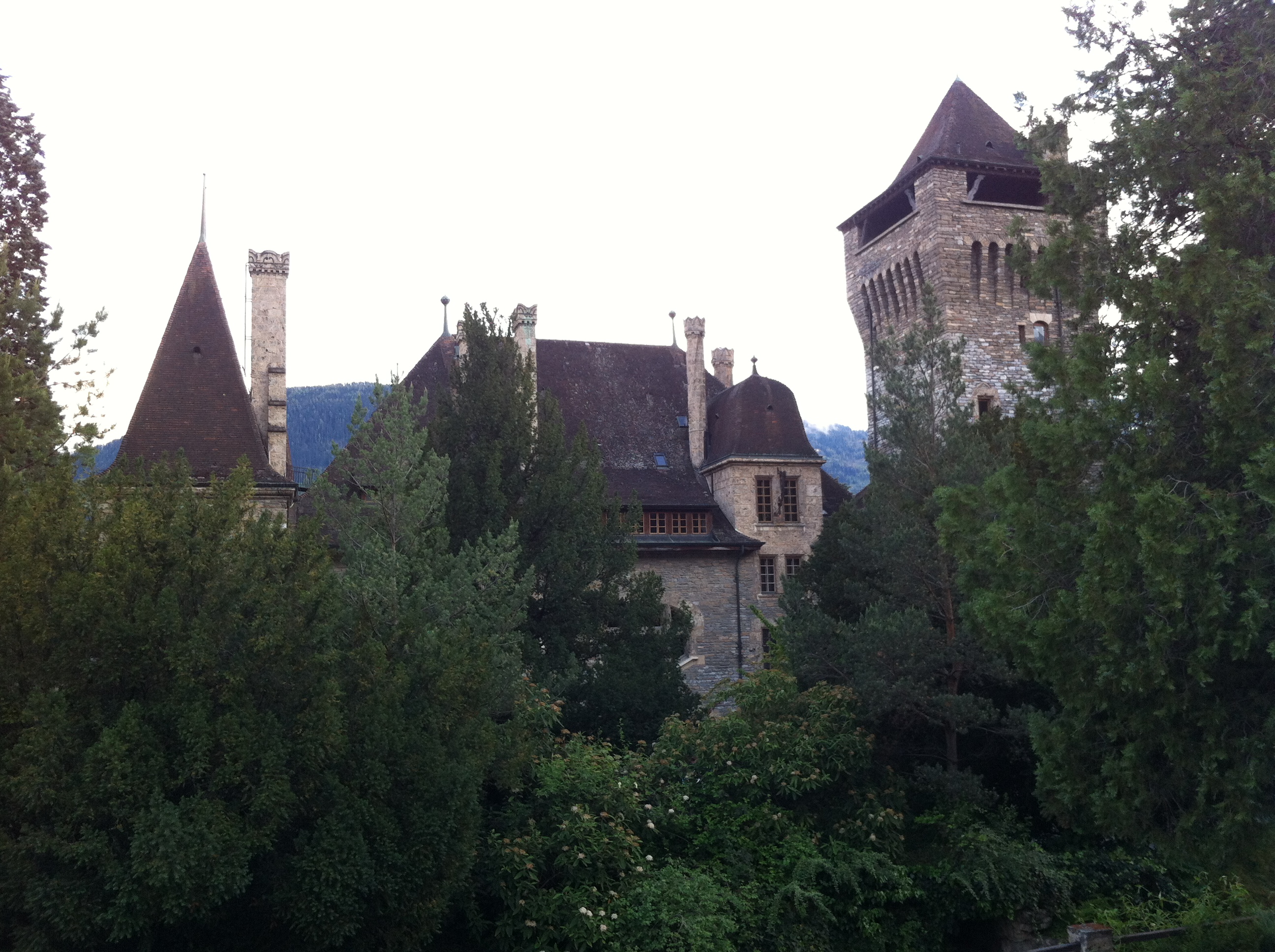Schedule [Friday]
16:00-17:45 Helfgott
18:15-19:00 Stipsicz I
19:30 Dinner
Schedule [Saturday]
7:45-8:45 Breakfast
9:15-10:00 Stipsicz II
10:30-12:15 Polyak
12:30-13:30 Lunch
14:00-15:45 Harcos
G. Harcos (Rényi Institute of Mathematics, Budapest)
Primes, Polignac, and Polymath
Less than a year ago Yitang Zhang proved that the difference between neighboring primes does not tend to infinity. In fact he proved that the difference is at most 70 million infinitely often. Currently we know the same result with 246 instead of 70 million, thanks to the efforts of James Maynard, Janos Pintz, Terence Tao, and other members of the PolyMath8 research group. The lecture will show some highlights of this fascinating story, without assuming any preliminary knowledge in the subject.
H. Helfgott (CNRS/ENS, Paris)
The ternary Goldbach conjecture
The ternary Goldbach conjecture (1742) asserts that every odd number
greater than 5 can be written as the sum of three prime numbers. Following
the pioneering work of Hardy and Littlewood, Vinogradov proved (1937) that
every odd number larger than a constant C satisfies the conjecture. In the
years since then, there has been a succession of
results reducing C, but only to levels much too high for a verification by
computer up to C to be possible (C>10^1300). (Works by Ramare and Tao
have solved the corresponding problems for six and five prime numbers
instead of three.) My recent work proves the conjecture. We will go over
the main ideas in the proof.
M. Polyak (Technion, Haifa)
Discrete Feynman integrals for 3-manifolds
We introduce a new combinatorial encoding of 3-manifolds by planar graphs
and discuss its interrelations to other known descriptions of 3-manifolds,
electric networks, and knots. This graph encoding seems to be well-suited
for computation of perturbative invariants 3-manifolds. While in the usual
setup perturbative invariants are given by complicated Feynman integrals
over configuration spaces, in our case they turn into a simple weighted
count of subgraphs. We describe simplest invariants obtained in this way.
No preliminary knowledge of the topic is required.
A. Stipsicz
(Rényi Institute of Mathematics/CEU, Budapest)
Knot Floer homology
Knot Floer homology is a refinements of Heegaard Floer
homology, providing an invariant for a pair
(a 3-manifold, a knot in it). For knots in the 3-sphere,
the invariant 'categorifies' the Alexander polynomial,
and provides further interesting information about knots.
For example, the invariant detects the difference
between smoothly and topologically slice knots, ultimately
leading to the existence of exotic differentiable structures
on the 4-space.
Recently, in collaboration with P. Ozsvath and Z. Szabo, we have
found a 1-parameter 'deformation' of knot Floer homology,
leading to a family of concordance invariants. For the
value t=1 the deformation admits a further symmetry, providing a
bound on the unoriented 4-ball genus (smooth crosscap number) of
the knot at hand.
In the lecture I plan to recall the basic constructions behind
knot Floer homology, list its basic properties, and show how the
deformation works. Using grid diagrams we will discuss a sketch of
the proof of the genus bounds.
